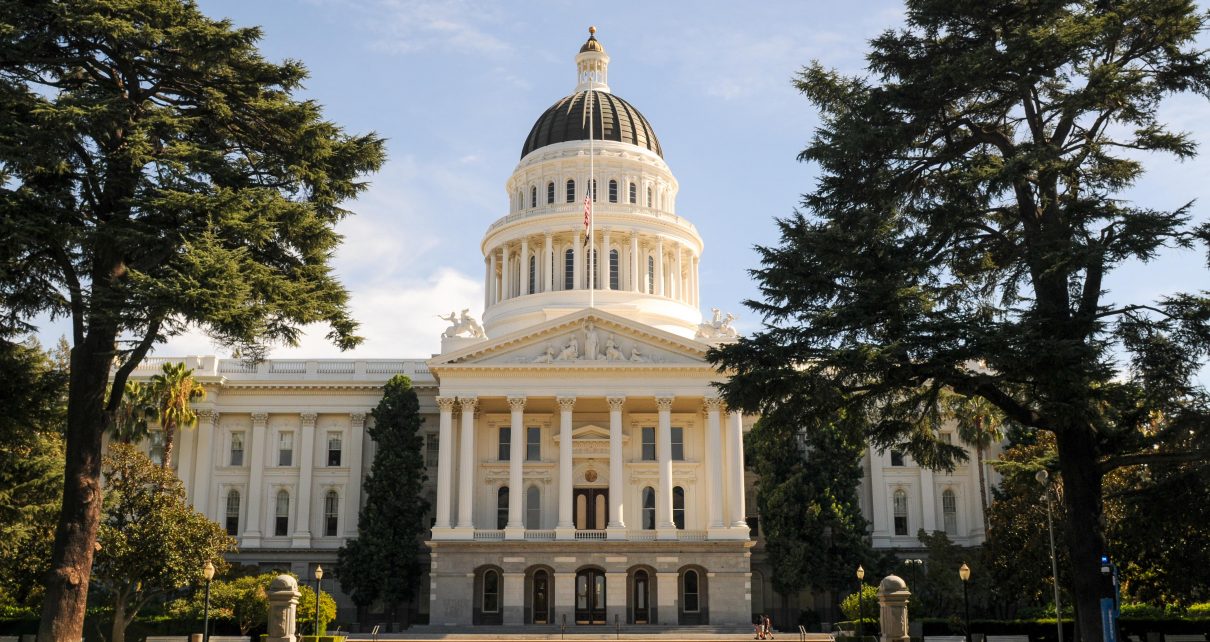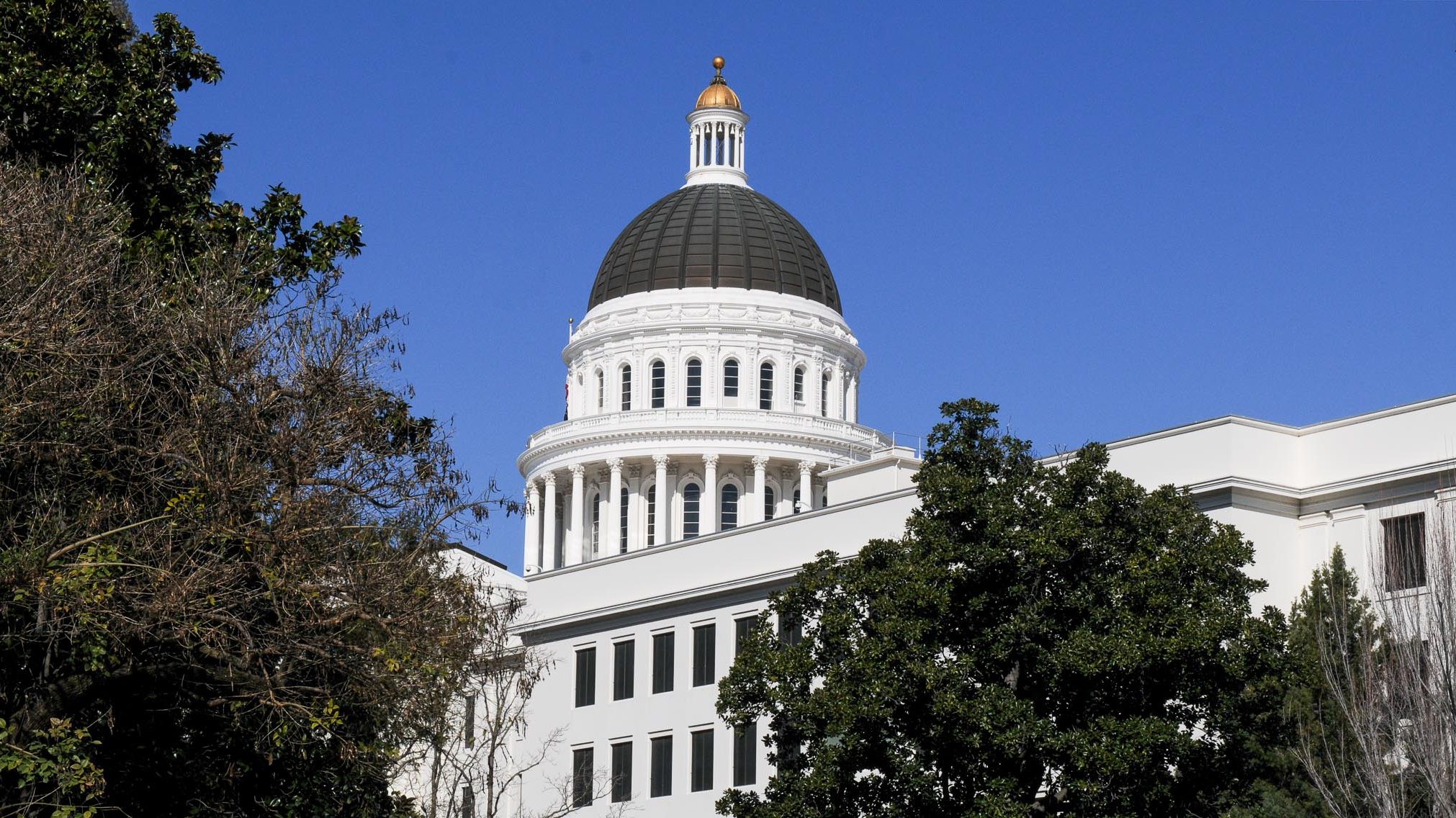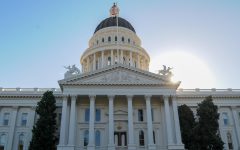
California State Capitol. (Photo: Kevin Sanders for California Globe)
Authentication and Proof of Writing Under California’s Evidence Code
A writing includes any graffiti consisting of written words, insignia, symbols, or any other markings
By Chris Micheli, August 27, 2024 2:32 am
California’s Evidence Code has a number of rules related to writings, and these are contained in Division 11, Chapter 1, Article 1. Section 1400 provides that authentication of a writing means either the introduction of evidence sufficient to sustain a finding that it is the writing that the proponent of the evidence claims it is, or the establishment of such facts by any other means provided by law.
Section 1401 specifies that authentication of a writing is required before it may be received in evidence, as well as authentication of a writing is required before secondary evidence of its content may be received in evidence.
Section 1402 states that the party producing a writing as genuine which has been altered, or appears to have been altered, after its execution, in a part material to the question in dispute, must account for the alteration or appearance thereof.
Article 2 concerns the means of authenticating and proving writings. Section 1410 provides that this article does not limit the means by which a writing may be authenticated or proved.
Section 1410.5 states that a writing includes any graffiti consisting of written words, insignia, symbols, or any other markings which convey a particular meaning. These writings may be admitted into evidence in an action for vandalism, for the purpose of proving that the writing was made by the defendant.
Section 1411 provides that the testimony of a subscribing witness is not required to authenticate a writing. Section 1412 says that, if the testimony of a subscribing witness is required by statute to authenticate a writing and the subscribing witness denies or does not recollect the execution of the writing, the writing may be authenticated by other evidence.
Section 1413 authorizes a writing to be authenticated by anyone who saw the writing made or executed, including a subscribing witness. Section 1414 says that a writing may be authenticated by evidence that the party against whom it is offered has at any time admitted its authenticity, or the writing has been acted upon as authentic by the party against whom it is offered.
Section 1415 allows a writing to be authenticated by evidence of the genuineness of the handwriting of the maker. Section 1416 states that a witness who is not otherwise qualified to testify as an expert may state his opinion whether a writing is in the handwriting of a supposed writer if the court finds that he has personal knowledge of the handwriting of the supposed writer. This section specifies how their personal knowledge may be acquired.
Section 1417 provides that the genuineness of handwriting, or the lack thereof, may be proved by a comparison made by the trier of fact with handwriting which the court finds was admitted or treated as genuine by the party against whom the evidence is offered or otherwise proved to be genuine to the satisfaction of the court.
Section 1418 specifies that the genuineness of writing, or the lack thereof, may be proved by a comparison made by an expert witness with writing which the court finds was admitted or treated as genuine by the party against whom the evidence is offered or otherwise proved to be genuine to the satisfaction of the court.
Section 1419 states that, where a writing whose genuineness is sought to be proved is more than 30 years old, the comparison specified above may be made with writing purporting to be genuine, and generally respected and acted upon as such, by persons having an interest in knowing whether it is genuine.
Section 1420 authorizes a writing to be authenticated by evidence that the writing was received in response to a communication sent to the person who is claimed by the proponent of the evidence to be the author of the writing.
Section 1421 authorizes a writing to be authenticated by evidence that the writing refers to or states matters that are unlikely to be known to anyone other than the person who is claimed by the proponent of the evidence to be the author of the writing.
Article 3 concerns presumptions affecting acknowledged writings and official writings. Section 1450 states that the presumptions established by this article are presumptions affecting the burden of producing evidence.
Section 1451 provides that a certificate of the acknowledgment of a writing other than a will, or a certificate of the proof of such a writing, is prima facie evidence of the facts recited in the certificate and the genuineness of the signature of each person by whom the writing purports to have been signed if the certificate meets specified requirements of the Civil Code.
Section 1452 states that a seal is presumed to be genuine and its use authorized if it purports to be the seal of the United States, a public entity, nation, court or notary public of any state.
Section 1453 provides that a signature is presumed to be genuine and authorized if it purports to be the signature, affixed in his official capacity, of a federal or state employee or a notary public within any state.
Section 1454 provides that a signature is presumed to be genuine and authorized if it purports to be the signature, affixed in his official capacity, of an officer, or deputy of an officer, of a nation or public entity in a nation recognized by the executive power of the United States and the writing to which the signature is affixed is accompanied by a final statement certifying the genuineness of the signature and the official position of the signatory.
- Third Quiz on Where Areas of Law Are Found in the California Codes - December 30, 2025
- Management of Unclaimed Property - December 30, 2025
- Petitions and Responses in Arbitration - December 29, 2025




